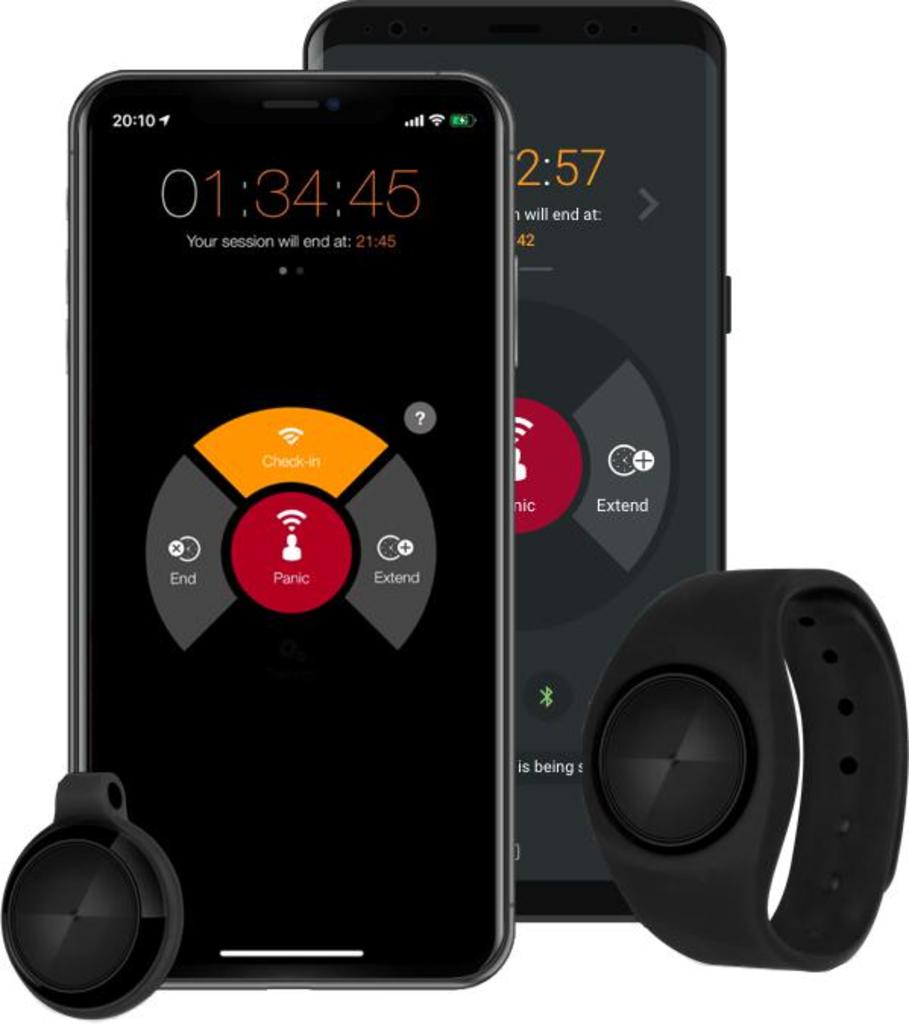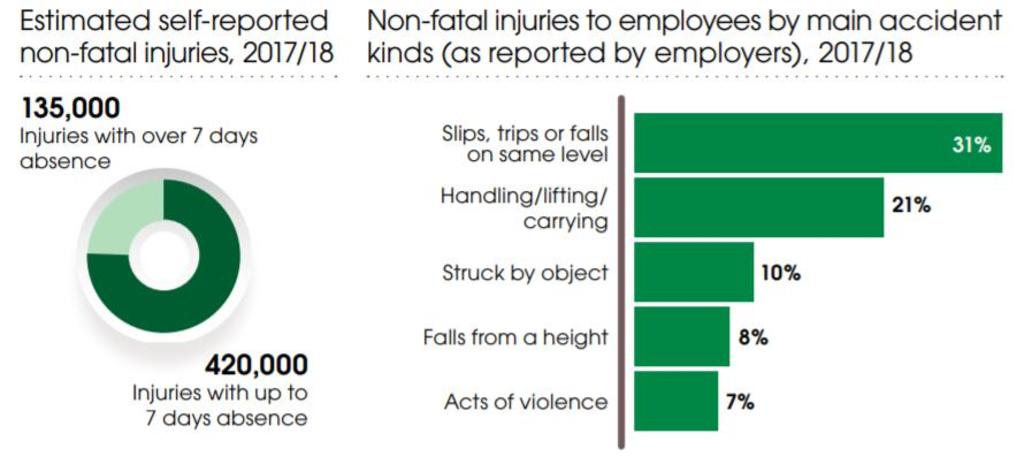
Kelly Rose
Editor

Kelly Rose
Editor
LONE WORKER safety devices have become increasingly popular as companies search for ways to monitor their staff’s safety. These devices have been specifically designed to protect workers from the challenges that come with working alone.
What is a lone worker safety device?
A lone worker safety device is a discreet and undetectable tool, app or service which allows for communication with employers, or in more serious situations, emergency services.
Lone worker safety devices safeguard employees when travelling, working or meeting unknown people alone. Not only do work alone devices provide a quick and discreet way to reach others in an emergency, but they also provide reassurance and confidence for the employees.
Who needs lone worker devices?
Lone worker safety devices are aimed to monitor and protect employees operating across a variety of lone working job roles. This could include employees who are required to work in remote locations with low signal areas, employees who are required to meet vulnerable individuals and those required to work with high-risk machinery or in hazardous environments. However, lone worker safety devices can also be useful for more secure jobs if the worker is required to be alone, especially where the risk could be unpredictable. For example, if an employee is working out of office hours alone or has meetings with clients or customers as the risk of violence and aggression is highly unpredictable. Even in low-risk jobs, there is a chance that employees can get caught up in an incident or accident and every employer has a legal duty of care to ensure that someone can be made aware in such a situation so that the employee receives appropriate assistance.
How do devices keep lone workers safe?
Employers have become increasingly concerned about the welfare of lone workers due to the growing rates of violence and injury at work evidenced by workplace injury and fatality figures around the world.
In the UK, recent statistics published by the HSE show a continued trend in slips, trips and falls contributing to the majority of non-fatal workplace accidents. Acts of violence contributed to 7% of all injuries last year, a risk that is high amongst lone working staff.
Working across a range of environments, behind closed doors and with members of the public, can put employees at greater risk of violence, aggression and accidental injury. Lone worker devices ensure that if an accident or incident does occur, not only can the lone worker signal for help, they can also be located immediately to reduce response time.
How do lone worker devices work?
Lone worker devices use key features to assist employees during an emergency or uncomfortable situation. Different devices will work in slightly different ways and offer a varying degree of functionality.
Lone worker devices that come in the form of a physical handheld device or ID card are perhaps the earliest form of lone worker devices. As standard, they provide a panic button and GPS location tracking. Some devices will also offer additional functionality such as discreet panic, two-way audio and recorded voice notes.
The lone worker app, which turns a mobile phone into a lone worker device, provides an alternative to the traditional device that can provide a wider range of functionality in a familiar, easy to use format. Lone worker apps can provide additional functionality such as written notes, low signal mode and a Duress PIN to safeguard lone workers from common safety challenges.
Try the StaySafe lone worker app for free
StaySafe’s lone worker solutions
The StaySafe app turns an employee’s smartphone into a safety device that stays with them throughout their working day. Offering a range of alert options, the app ensures lone workers are able to notify a monitor in a range of situations, while the online StaySafe Hub provides crucial information including the lone worker’s location so that help can be sent directly to them if necessary.
The app works when a lone worker begins a timed session before they begin working alone. The lone worker will determine the length of the session according to their schedule. A panic button can be pressed at any time (even when not running a session) to indicate that they are in trouble.
The lone worker will be prompted to check-in at regular intervals to specify that they are safe. A check-in can be performed at any time within the interval, resetting the clock until the next check-in is due. This means that in the event that a lone worker is incapacitated and therefore unable to raise a panic, the StaySafe app will send a missed-check in notification to monitors.
The app also features a man down alarm that will send an alert through the hub if a lone worker has not moved for a prolonged period of time.
When an alert is triggered on the app, a monitor(s) will receive text, email and/or phone call notifications allowing them to open the hub and view the lone worker’s location and safety status.
The StaySafe software is also compatible with the V.BTTN. The wearable lone worker device can connect to the app and send a man-down alert when acceleration and impact are identified. The button can be worn on the wrist, around the neck or clipped to clothing and also allows for a discreet panic alert and easy check-in.
For those working in remote locations or harsh environments, the StaySafe app can also be downloaded onto CAT rugged phones and Garmin InReach satellite devices.


41 Corsham Street
Hoxton
London
N1 6DR
UNITED KINGDOM
020 8012 8455